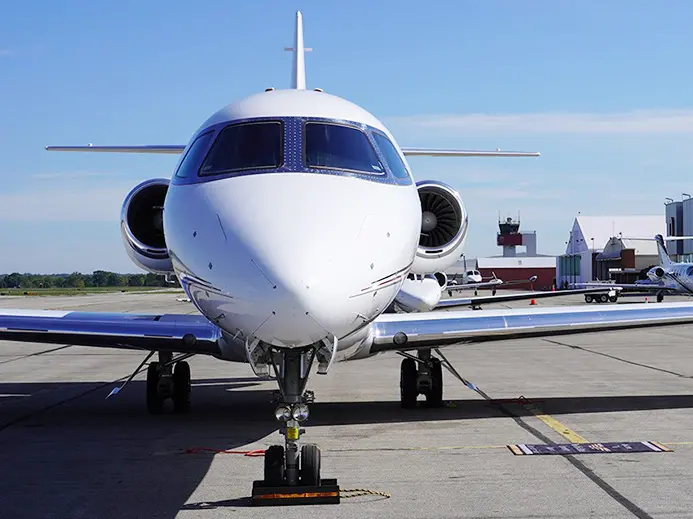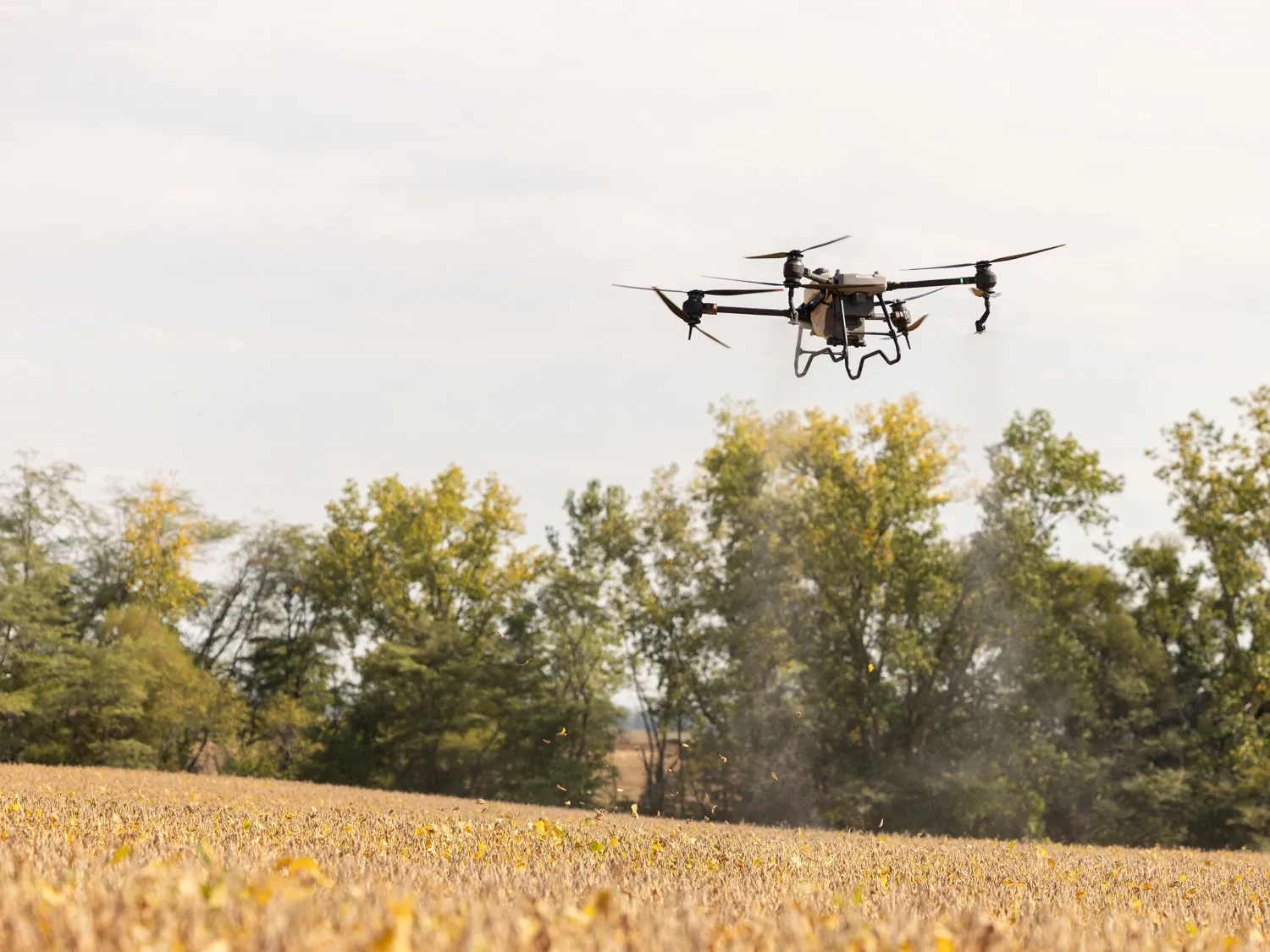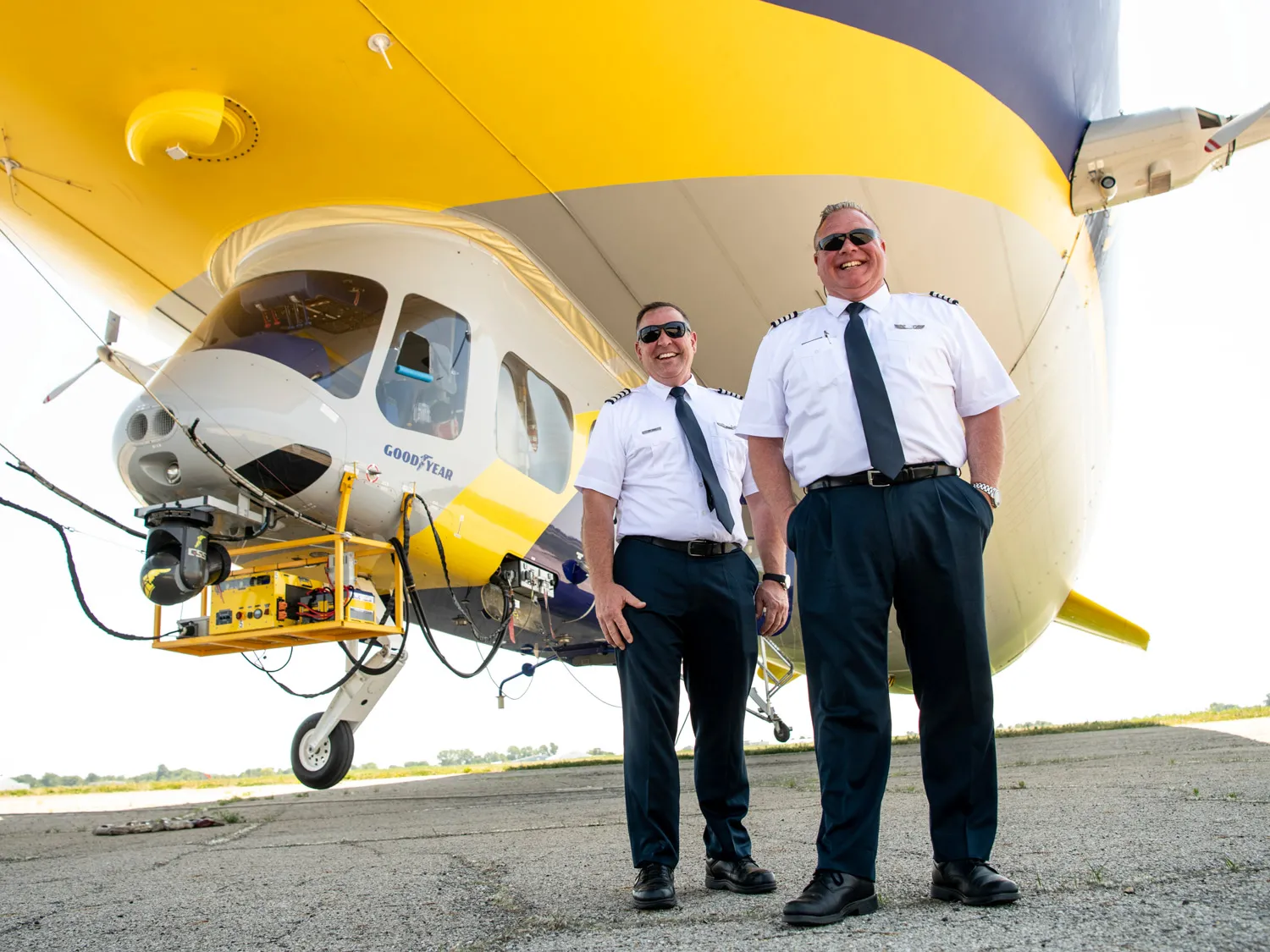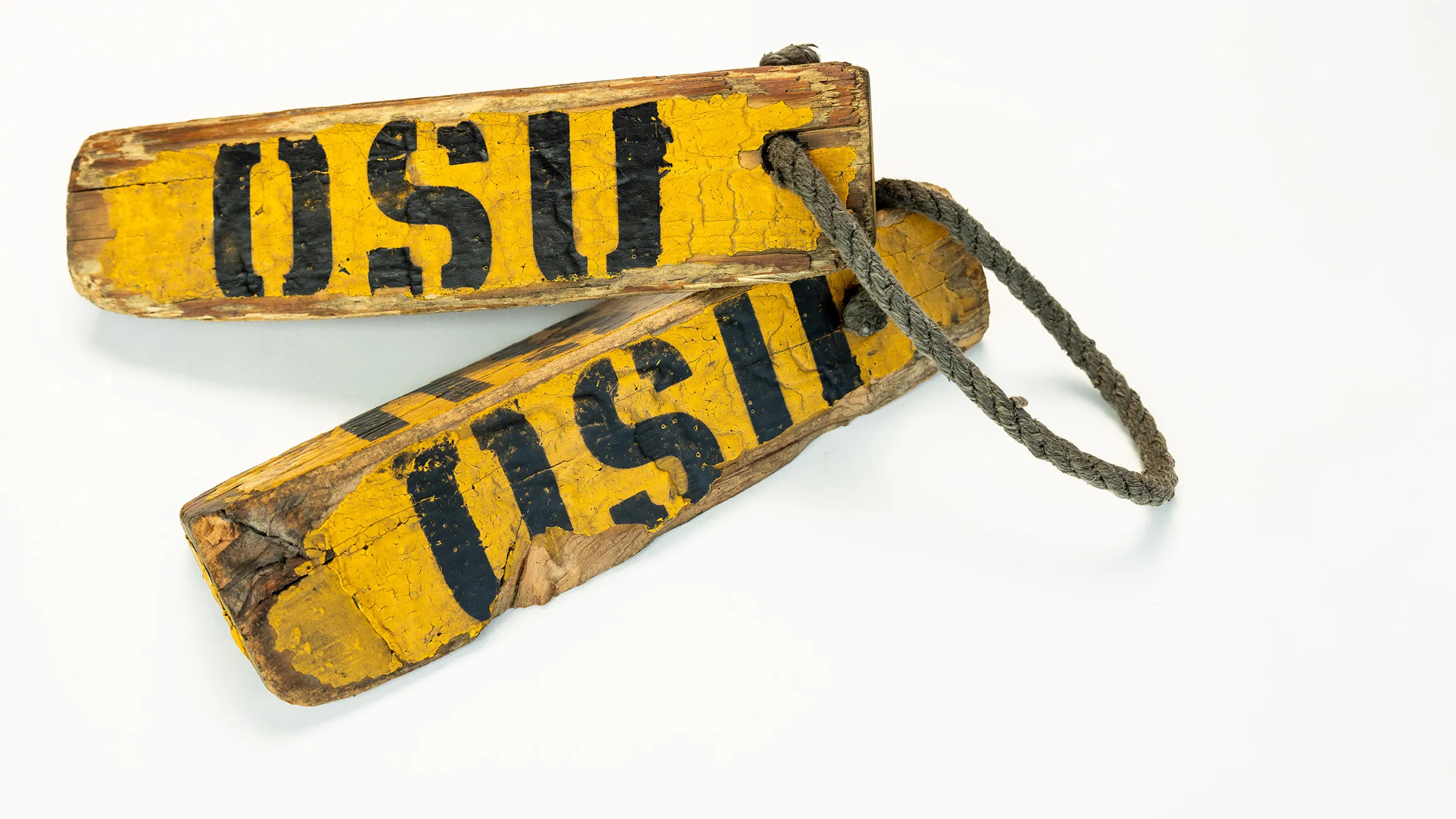
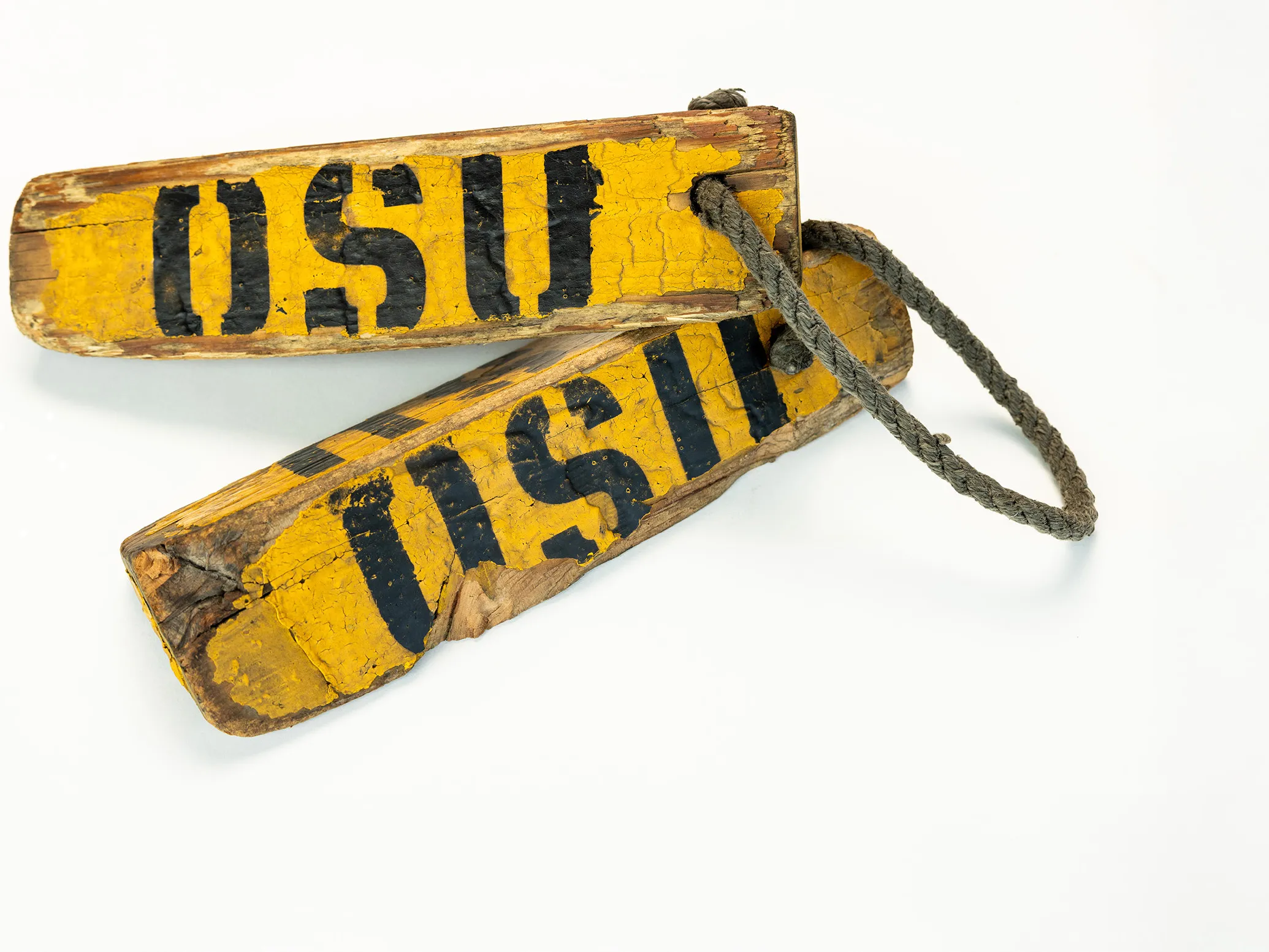
The quiet heroes of Don Scott Field
Line service techs and their trusty chocks work together to keep aircraft safe, ensuring they move how they should and only when they should.
Editor’s note: This story is part of “The Object,” a series that usually runs only in the print version of Ohio State Alumni Magazine. The stories feature things around campus that make a big difference to Buckeyes. To learn how to receive the print edition, visit this alumni association webpage.

These aircraft chocks from The Ohio State University Airport Don Scott Field have withstood the test of time and weather. A basic yet critical safety device used on airfields around the world, chocks help check the movement of parked aircraft.
As Buckeye line service technicians, my teammates and I use chocks as important tools of the trade. Their placement and removal mark the first and last tasks we complete for each flight. Depending on an aircraft’s size, one or more set of chocks may be utilized. It’s often said that not every operation is a two-person job, but chocks would disagree: They always come in pairs—one for each side of an airplane wheel. Much like chocks, line service technicians work together in all weather to ensure arriving and departing aircraft are serviced quickly, safely, securely and accurately.

A number of wooden chocks emblazoned with “OSU” were fabricated decades ago in our airfield maintenance shop (the yellow color is used for safety). Today, they are our most well-traveled chocks, among an inventory of varying sizes and materials. Lightweight and low-profile, they are tucked into the cabins of Ohio State Flight Education aircraft, a safety tagalong for student pilots on the go. The extras are used by the line service team. We also often send them with locals whose personal planes are based at Don Scott—a little piece of security from Ohio State—just in case they precariously find themselves on an airfield without line service.
Next time you take a flight—or stop by Don Scott’s observation deck—look for chocks and the line service crew. Both are humble, safety-focused and hard at work behind the scenes.

